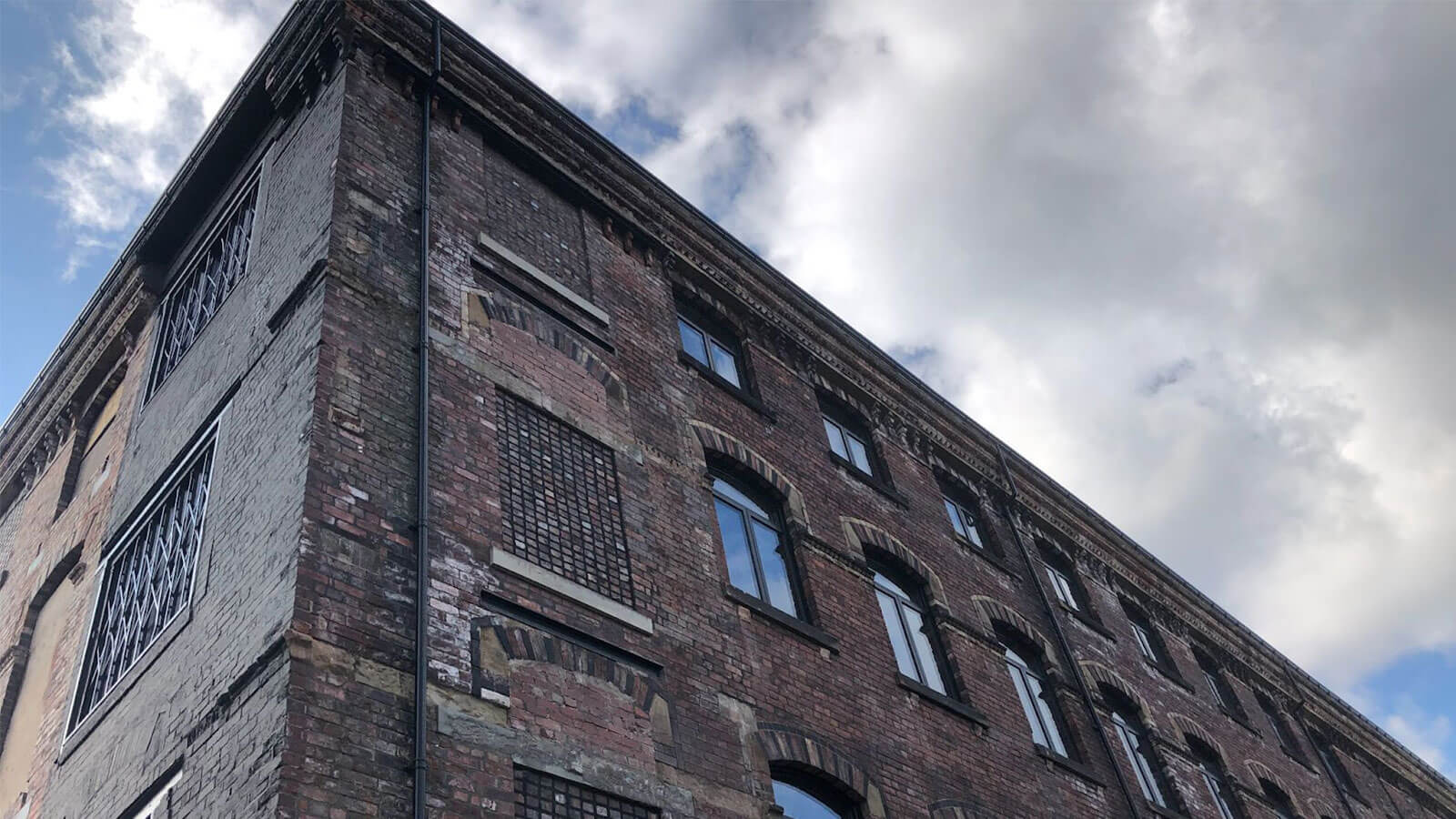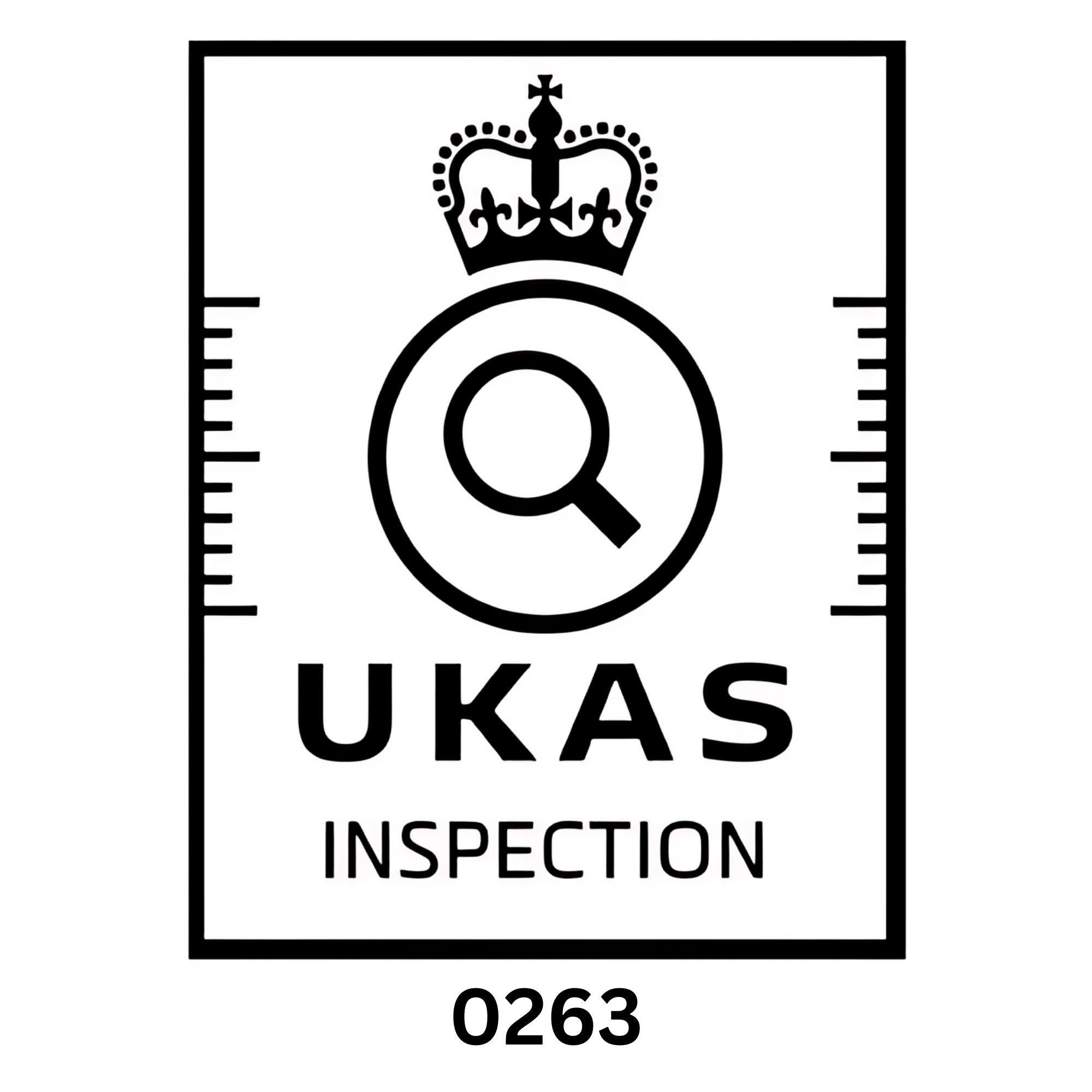Safeguarding your assets and occupants from asbestos risks demands more than mere identification. Lucion’s Asbestos Compliance Services go beyond industry norms, providing holistic solutions to support compliance with the Control of Asbestos Regulations (CAR) 2012.
According to the Health and Safety Executive (HSE), asbestos continues to be the single greatest cause of work-related deaths in the UK.
As the UK’s market-leading provider of asbestos testing, inspection, certification and compliance (TICC) services, our consultants bring a proven track record in managing large, intricate projects with a commitment to seamless communication, strict adherence to regulations, and delivering compliance without compromising best practices.
We go beyond being mere consultants – we are your dedicated partners in prioritising the safety of your people and de-risking your assets. No matter the industry – commercial, industrial, domestic, healthcare, and more – we understand the unique challenges you face. Our tailored solutions are designed to provide you with reliable and compliant asbestos management services, helping you create a safe and compliant environment.
Our commitment to excellence is not just a promise but a recognised achievement. With ISO 9001, ISO 14001, and ISO 45001 accreditations, we uphold the highest standards in quality, environmental management, and occupational health and safety. Our consecutive double RoSPA Gold Awards for the last five years underscore our unwavering dedication to maintaining a safe working environment.
Our UKAS ISO 17025 accredited hazardous materials laboratory operates under the legal entity Lucion Services. Lucion Services is a UKAS accredited testing laboratory No. 2569 and inspection body No. 0263 in relation to asbestos. We operate the largest specialist asbestos testing facility in the UK, providing you with swift and accurate results.
Trust us for a meticulous, all-encompassing approach that prioritises safety and regulatory adherence.



































